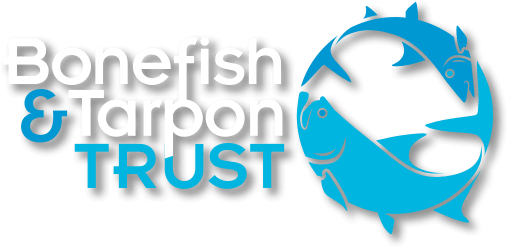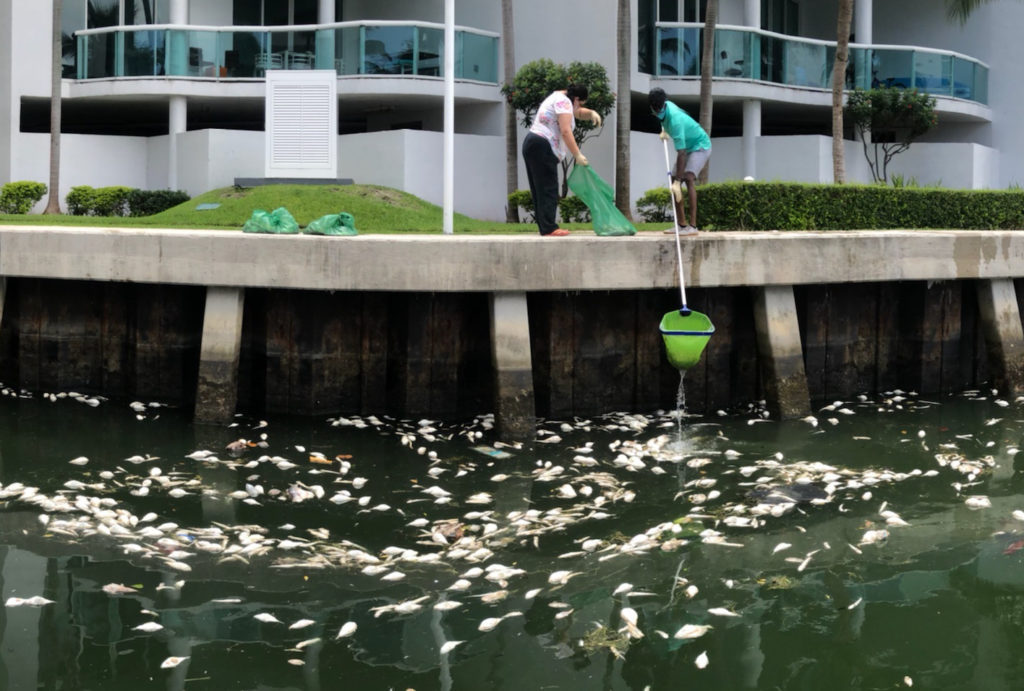Photo: Nick Castillo
The ongoing fish kill in Biscayne Bay should be seen as a warning sign from a system that is unhealthy and continuing to decline. The fish kill has slowly been working its way north, which is a further cause for concern – it’s not confined to one location, but is impacting larger parts of the system. Although scientists are not yet able to find a single smoking gun, there are numerous ills that are likely contributing to the low levels of oxygen in the water that are causing the fish kill.
First, the seagrass die-off that occurred along this shoreline has reduced the health of the system. Open muddy bottom has less habitat value than a seagrass bed, which not only provides more habitat for fish, shrimp, crabs, and other organisms, but creates oxygen for the system. Seagrass also holds the sediment in place, which allows filter feeders like clams and worms to thrive and help keep the water clean.
Second, the freshwater flows coming into the system from the Little River have been altered, which results in a faucet effect – times of no freshwater (faucet off) and times of high freshwater flows (faucet on). Recent high freshwater flows sent a slug of freshwater into the Bay, which likely caused some organisms to die. As these dead organisms decay, they use up oxygen in the water.
Third, the sewage infrastructure is in poor shape. It’s suspected that chronic leaks from the sewage system send polluted water into the bay.
Fourth, the freshwater flows that drain urban areas, the sewage leaks, and the decaying seagrass add nutrients to the bay. These nutrients contribute to algae blooms that shade sunlight from reaching the seagrass and suck oxygen from the water as the algae dies and decomposes.
These human-caused ills are combining with high water temperatures to make life difficult to impossible for the organisms living along this shoreline. Sadly, these events will become more common and more widespread until these problems are fixed.
Sadly, these same ills are impacting many other areas in Florida – from Florida Bay to the Indian River Lagoon, St. Lucie River, and Charlotte Harbor – all of which have suffered fish kills. If we don’t want these fish kills to become the “new normal”, we must fix these problems soon, before it’s too late.




